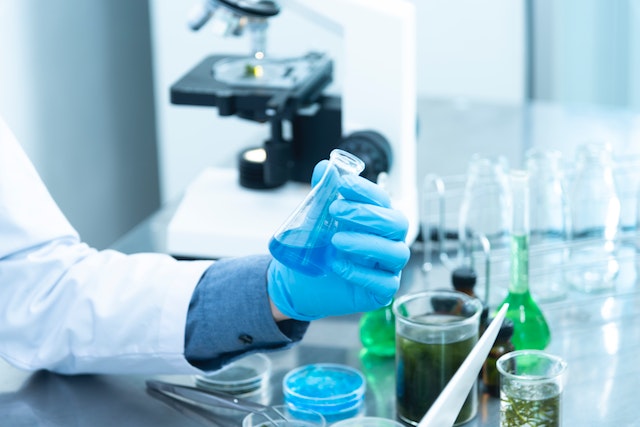
What are food additives? They are things that are added to food to preserve the flavor, or improve the taste, appearance, or other qualities.
There are a huge number of food additives and some of them are completely natural. Salt and sugar are both food additives. Humans have been using food additives ever since we started preserving food. Early people dried meats in the sun, but it didn’t take long for people to realize that salt was an excellent way of preserving food. Different cultures have used different types of food additives over the centuries. The ancient Chinese burned paraffin was to ripe fruit because the ethylene and propylene in the wax combined with the fruit. The Egyptians used saffron to color food and the Romans used alum to make their bread whiter. The Egyptians also used honey to preserve fruit.
These days, different countries regulate food additives in different ways, but the US Food and Drug Administration has approved more than 10,000 additives. Many additives are natural, sourced from plants or minerals, however, these days, many more additives are synthetically made. Additives perform many jobs. Here are some examples. Anticaking agents are used to stop powders from clumping together. They are often included in milk powders or granulated sugar. Antioxidants are used to stop oxygen degrading food. Vitamin C is a common antioxidant. Bulking agents increase the size of the food. Food colorings obviously change the color of the food and flavorings change the flavor. There are also additives that increase the natural flavor of a food. There are glazing agents that make the food shiny and humectants that stop the food from drying out. There are multiple preservatives that make the food last longer by stopping fungi or bacteria from growing on it. There are additives that change the texture and additives that make the food thicker. And then there are additives that are used in the packaging. There are many more types of additives than this.
The use of additives took off with the Industrial Revolution. Before then, most people ate locally produced food, and they ate it when it was ripe. They preserved food using natural preservatives such as salt, sugar, and vinegar. The Industrial Revolution brought about a huge shift in the way food was consumed because it moved people to the cities and away from the sources of food. More preservatives were needed so that the food would last long enough to reach the consumers. There were no refrigerators or frozen food, obviously. The Industrial Revolution also brought about a more industrial mindset as well. People started to approach food as a commodity, and they started to think about how it could be improved or altered. Some of the early experiments were not great. Red lead, a highly toxic substance, was added to cheese and sweets were colored with copper arsenate, which is used as an insecticide these days.
As knowledge of chemistry improved, more food additives were introduced. Looking back, some of them were less safe than others, but that is always the way with hindsight. Scientific knowledge is always improving and when we learn something is not safe, we stop using it. That is probably where the mistrust of food additives has come from. Many additives have been used in the past that proved to be dangerous. Boric acid was used to preserve food until it was found to be toxic, and it was banned during World War 1. However, the government had a desperate need for preservatives and boric acid was reintroduced before being banned completely in the 1950s. Things like this have led to a general mistrust in the government.
Different countries have different ways of labeling their products. In the EU, all additives have to be licensed and they all have a number. For example, E234 is Nisin, which is a preservative against specific bacteria. The US puts more reliance on the food companies to prove that their products are safe. Both of these systems require close to ten years for a food additive to be approved and they are as safe as can be with common scientific knowledge. The current problem is not how safe individual additives are but how safe they are when used with other additives. We are using more additives than ever before, and we consume enormous combinations of them. How hazardous will that be? We are eating more processed food than ever before. And this is what I learned today.
Photo by Chokniti Khongchum: https://www.pexels.com/photo/person-holding-laboratory-flask-2280571/
Sources
https://www.sciencemuseum.org.uk/objects-and-stories/chemistry/food-chemical-history
https://en.wikipedia.org/wiki/Food_additive
https://www.who.int/news-room/fact-sheets/detail/food-additives
https://www.betterhealth.vic.gov.au/health/conditionsandtreatments/food-additives
https://valleyfoodstorage.com/blogs/inside-vfs/the-history-of-food-storage
https://www.healthychildren.org/English/healthy-living/nutrition/Pages/Food-Additives.aspx
https://www.ifis.org/blog/food-additives-factual-science-vs-consumer-perception
